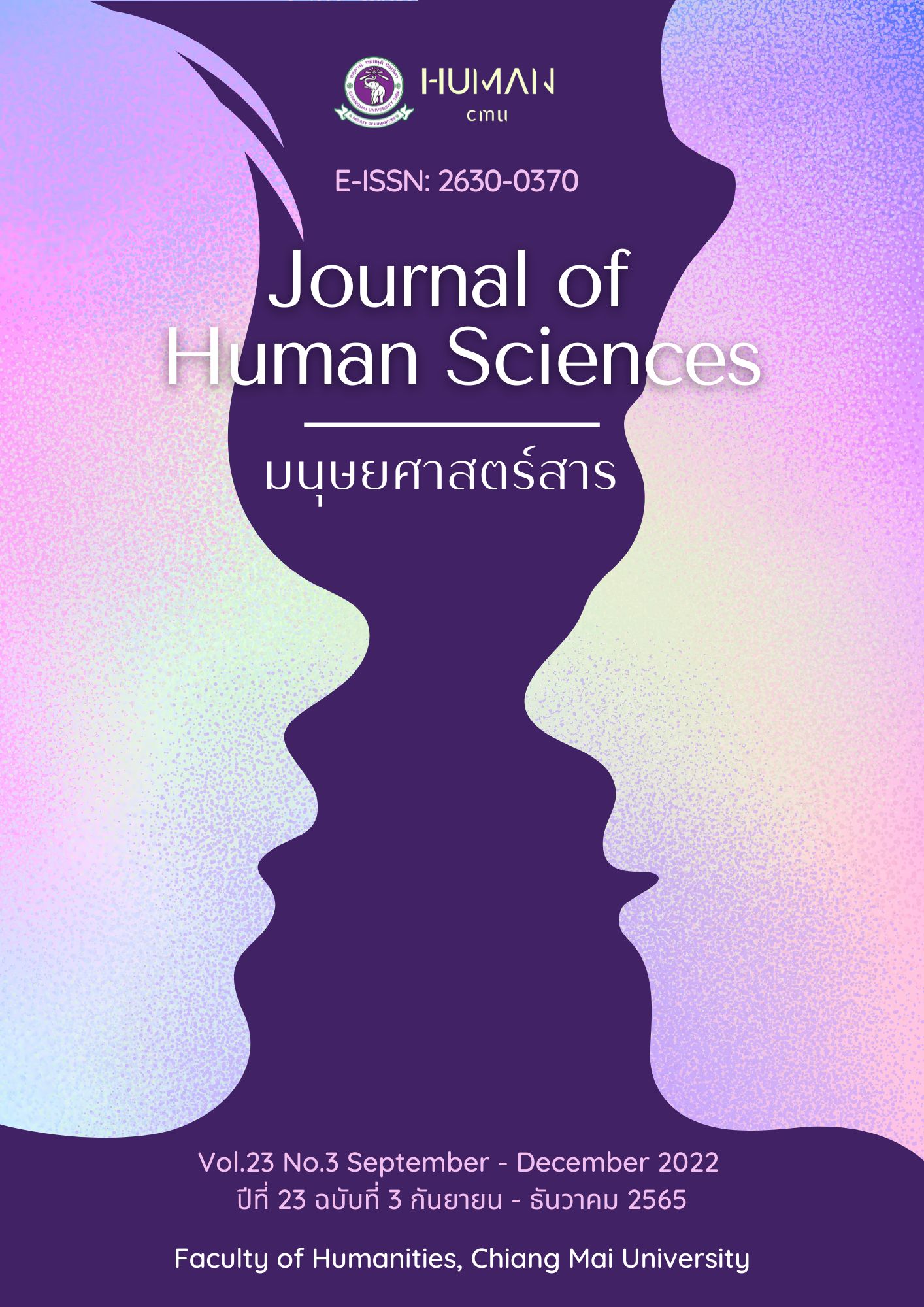วรรณกรรมแนวสัจนิยมกับความเข้าอกเข้าใจ: กรณีศึกษากลุ่มนัดอ่าน “อ่านออกเสียง”
Main Article Content
บทคัดย่อ
สำหรับนักวรรณกรรมศึกษาส่วนใหญ่ คำว่า “ผู้อ่าน” มักถูกใช้ในเชิงนามธรรมเพื่อพูดถึงผู้รับสารจากตัวบท ไม่ใช่ผู้อ่านจริง ๆ ที่ลงมืออ่านและสร้างความหมายให้แก่ตัวบทตามความรู้และประสบการณ์ชีวิตของตนเอง การพูดถึงนัยหรือพลังทางสังคมของวรรณกรรม จึงมักจำกัดอยู่ที่การวิเคราะห์คุณลักษณะภายในตัวบทโดยนักวิชาการ/นักวิจารณ์ ไม่ใช่การทำงานของตัวบทภายในสังคมที่มันถูกอ่าน บทความนี้เป็นส่วนหนึ่งของโครงการวิจัยกลุ่มนัดอ่าน “อ่านออกเสียง” ที่จัดทำขึ้นเพื่อทดสอบความเป็นไปได้และคุณูปการของการศึกษาวรรณกรรมโดยให้ผู้อ่านเป็นศูนย์กลาง นำเสนอการศึกษาเชิงประจักษ์ว่าด้วยความสัมพันธ์ระหว่างตัวบทวรรณกรรมแนวสัจนิยมกับความเข้าอกเข้าใจที่ผู้อ่านมีต่อตัวละคร จากการวิเคราะห์บทสนทนาของผู้เข้าร่วมกิจกรรม ผู้วิจัยพบว่า 1) “ความหมาย” ของงานวรรณกรรมเป็นผลผลิตของตัวบท ผู้อ่าน และบริบทของการอ่านที่มีลักษณะเฉพาะ 2) “ความสมจริง” ตามขนบของสัจนิยมมีผลอย่างมากต่อความรู้สึกร่วมหรือการเชื่อมโยงตนเองกับตัวละครและเหตุการณ์ในเรื่อง และ 3) ในบริบทของการแลกเปลี่ยนมุมมองและประสบการณ์อย่างอิสระภายในกลุ่มนัดอ่าน ความรู้สึกดังกล่าวสามารถพัฒนาไปสู่การคิดสะท้อนเกี่ยวกับตนเองและความเข้าอกเข้าใจ “ผู้อื่น” ที่มีความแตกต่างทางชาติพันธุ์และชนชั้น ทั้งภายในตัวบทและในโลกความจริง
Article Details

อนุญาตภายใต้เงื่อนไข Creative Commons Attribution-NonCommercial-NoDerivatives 4.0 International License.
เอกสารอ้างอิง
Allington, D. & Benwell, B. (2012) Reading the Reading Experience: An Ethnomethodological
Approach to "Booktalk". In A. Lang (Ed.), From Codex to Hypertext: Reading at the Turn of the Twenty-First Century, (pp. 217-233). University of Massachusetts Press.
Benwell, B. (2009). ‘A pathetic and racist and awful character’: Ethnomethodological
Approaches to the Reception of Diasporic Fiction. Language and Literature, 18(3), 300-
Damrosch, D. (2003). What Is World Literature?. Princeton University Press.
Davis, K. C. (2008). White book clubs and African American literature: The promise and
limitations of cross-racial empathy. Literature Interpretation Theory, 19(2), 155-186.
Ferrante, Elelna. (2018). Phư̄an khon keng. (Nanthawan Chānprasœ̄t, Trans.). Bangkok: ʻĀn ʻItālī.
(Original work published 2011)
Fish, S. (1980). Is there a text in this class?: The authority of interpretive communities.
Cambridge, Mass: Harvard University Press.
Ghosh, Amitav. (2018). Rāorān nai wān wan (Thīrasak Čhirarattanaphairōt, Trans.). Bangkok:
Matichon. (Original work published 1988)
Griswold, W. (2008). Regionalism and the reading class. Chicago: University of Chicago Press.
Goldstein, P., & Machor, J. L. (Eds.). (2008). New directions in American reception study. New
York: Oxford University Press.
Iser, W. (1978). The act of reading: a theory of aesthetic response. Baltimore: Johns Hopkins
University Press.
Jauss, H. R., & Benzinger, E. (1970). Literary history as a challenge to literary theory. New
Literary History, 2(1), 7–37. https://doi.org/10.2307/468585
Keen, S. (2008). Strategic empathizing: Techniques of bounded, ambassadorial, and broadcast
narrative empathy. Deutsche Vierteljahrsschrift für Literaturwissenschaft und
Geistesgeschichte, 82(3), 477-493.
Procter, J., & Benwell, B. (2014). Reading across worlds: Transnational book groups and the
reception of difference. Basingstoke: Palgrave Macmillan.
Rosenblatt, L. M. (1978). The Reader, the text, the poem: the transactional theory of the
literary work. Carbondale: Southern Illinois University Press.
Willis, I. (2017). Reception. London: Routledge.


